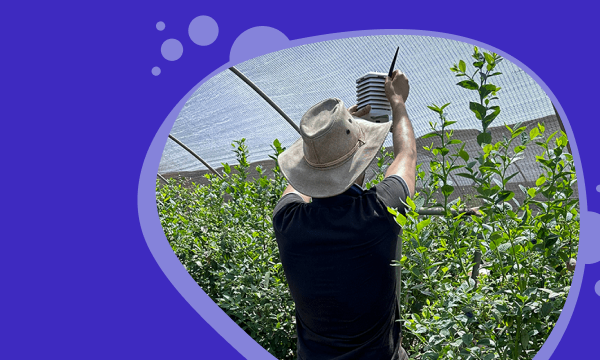
- IRRIGATION
- CROP MANAGEMENT
- BLUEBERRY
- ARTICLE
Optimized: Berry Irrigation in Morocco
A leading Moroccan berry grower cut water use by 16% using climate data and ETo-based irrigation....
24.09.2024 | 3 min read
As freshwater sources for irrigation become increasingly scarce due to a perfect storm of climate change, population growth, and rising competition from other sectors for water, commercial growers are turning to precision irrigation technologies to conserve every drop and maximize crop yields. Many farms, particularly in drought-prone regions, are adopting drip irrigation to improve the efficiency of water and fertilizer use. For protected cropping growers, effective drip and drain monitoring is key to fully realizing the benefits of these systems.
As growers strive to produce more with limited water resources, drip irrigation systems offer a sustainable solution. This method of irrigation delivers water directly to the plant roots through a network of tubes and drip emitters, ensuring it's readily available for uptake. Although the initial installation cost may be higher than traditional irrigation methods, the long-term benefits make it a worthwhile investment. Here’s why:
When it comes to water conservation, drip irrigation is far more efficient than conventional irrigation systems like flood or sprinkler. By directing water to the root zone, it minimizes evaporation and surface runoff. Studies indicate that a well-designed drip irrigation system can reduce water usage by up to 60% while increasing crop yields by as much as 90%, making it a reliable and effective water-saving method for crop production.
Drip irrigation promotes healthy root development and ideal growing conditions by providing a steady supply of water and nutrients. During critical growth phases—such as flowering and fruit development—maintaining precise moisture levels is crucial for plant health and vitality. Additionally, controlled water stress prior to fruit maturation can enhance the quality of certain crops. By carefully managing the balance of water and nutrients through drip irrigation, growers can optimize both the health and productivity of their harvests.
Improper application of fertilizers contributes to soil degradation, waterway pollution, and higher production costs for farmers. Drip irrigation is particularly well-suited for fertigation, allowing for targeted and precise nutrient delivery directly to the plant roots. This approach not only minimizes waste from leaching and runoff but also lowers input costs and reduces the environmental impact of fertilizer use.
Irrigation monitoring plays a vital role in drip irrigation farming. It allows growers to fine-tune their irrigation practices based on feedback from recent irrigation events. Let’s explore the main benefits that protected cropping growers gain from drip and drain monitoring:
Data obtained from drip and drain monitoring provides valuable insights into how plants adapt their water uptake to changing conditions. Climate factors like sunlight, temperature, and humidity can affect how much water plants take up each day. Similarly, phenological events, such as the onset of flowering and fruit swelling, can alter their water needs. Observing these data trends allows growers to gain a deeper understanding of their crops’ water requirements and match irrigation accordingly – no more, no less.
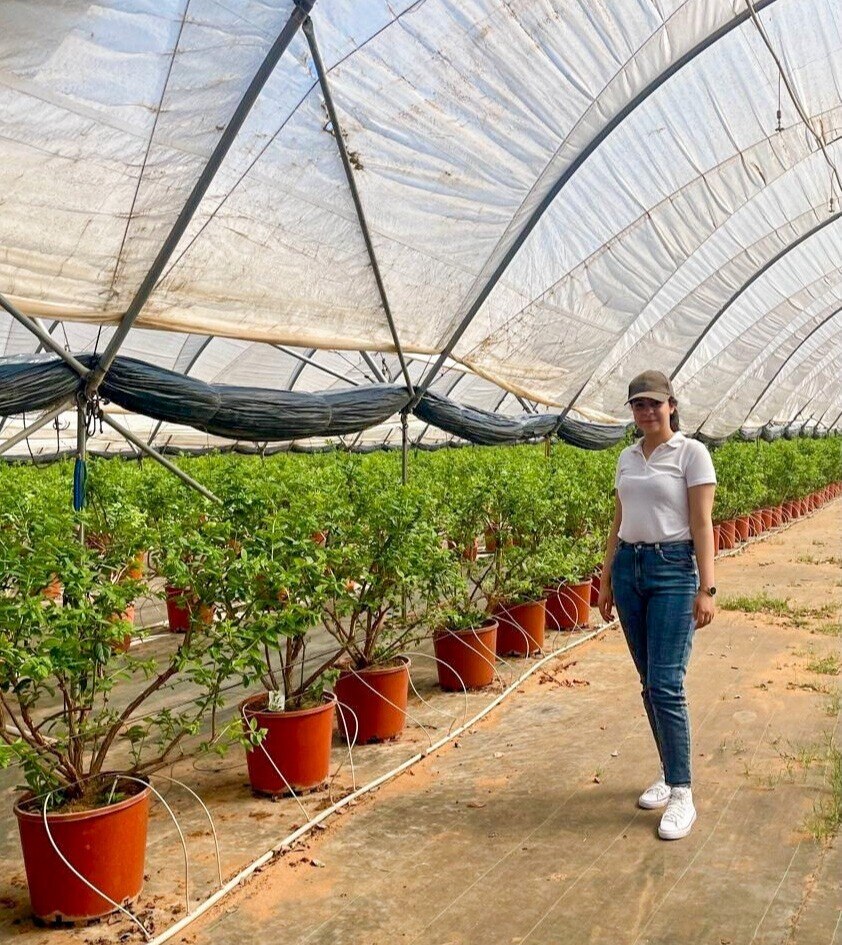
A robust drip irrigation system requires regular monitoring to maintain optimal performance. Drip emitters are prone to clogging, and blockages can be difficult to detect visually and costly to repair. By routinely collecting irrigation samples, growers can quickly identify potential issues and take timely action to keep the system running smoothly.
Drip and drain monitoring can uncover areas of inefficient water use. Over-irrigation results in wasted resources, nutrient leaching, root diseases, and reduced fruit quality. By closely tracking water inputs across the farm, growers can detect areas of uneven distribution. This insight allows them to allocate resources more effectively, reducing waste and enhancing overall productivity.
.png?width=450&height=367&name=Drain%20volume%20heat%20map%20(1).png)
Drip and drain monitoring involves collecting and analyzing irrigation measurements from various stations throughout the farm. Each monitoring station should include a dripper placed in a drip bucket to collect the applied water, along with a collection tray to capture any excess runoff. Since plants obtain their nutritional needs through the irrigation water, maintaining control over nutrient concentration and pH is essential for their health. These readings can be taken manually or using automated drip and drain stations.

Here are the key parameters which growers should measure during drip and drain monitoring, along with tips on how to utilize the data collected to inform decisions:
This is the volume of water delivered to each plant.
Why it matters: Ensures each plant receives the appropriate amount of water.
How to use: Regularly check the drip and drain volume and adjust the irrigation accordingly to ensure the target drainage percentage is obtained.
This the volume of excess water or runoff not taken up by the plants, referred to as drainage.
Why it matters: Too much drainage means wasted water and an increased risk of nutrient leaching and plant diseases.
How to use: If the target drainage is not obtained, adjust accordingly, either increasing or decreasing drip volume. Use weather forecast or Evapotranspiraton information to make more informative decisions.
This tells you the percentage of water that drains away or is lost through evaporation. Calculate it using the formula:

Why it matters: It gauges how efficiently water is being used by your plants, helping growers balance water supply with plant uptake and avoid issues like over-saturation or water stress.
How to use: Compare your drainage percentage with your target rate, considering factors such as the crop’s stage of development, substrate characteristics, and current environmental conditions. Adjust your irrigation volume to better match plant uptake.
Here's how the drainage percentage typically changes across three key irrigation periods throughout the day:
Period 1 (start of the day): A moderate drainage percentage is generally observed as irrigation saturates the growing medium to its field capacity. This initial watering provides plants with adequate moisture as their activity ramps up throughout the day.
Period 2 (midday): This period sees the highest drainage percentage. As plants engage in active photosynthesis and draw on water, irrigation is increased to meet their needs. This approach ensures sufficient moisture while allowing excess water to drain away, reducing the risk of water stress during the hottest part of the day.
Period 3 (end of the day): During this period, the drainage percentage decreases as irrigation is reduced, allowing for a controlled drying of the growing medium. This process enhances root zone aeration and prepares the plants for the night cycle.

This measures the electrical conductivity (EC) of the drip solution, indicating the nutrient concentration in the water supplied.
Why it matters: An optimal EC level ensures your plants get the nutrients they need when they can use it. It is also used to help steer the crop.
How to use: Adjust Drip EC accordingly depending on the desired Plant Balance stage. Increase or reduce depending on the water demand of the plant. A higher water demand for example will require a lower EC to reduce the osmotic pressure the plant must overcome to uptake water.
This measures the electrical conductivity (EC) of the drainage solution, indicating the nutrient concentration in the runoff water.
Why it matters: High drain EC can indicate nutrient buildup or inadequate flushing of the root zone.
How to use: If drain EC readings are high, consider increasing the volume of irrigation to help flush out excess nutrients and prevent buildup.
Note that drain EC levels can fluctuate with environmental factors. For example, higher light and temperature during midday often increases nutrient uptake, which might result in lower drain EC readings as plants absorb more nutrients.
This measures the acidity or alkalinity of the drip solution.
Why it matters: Monitoring both drip and drain pH is important to maintain a pH range conducive to nutrient absorption and healthy plant growth.
How to use: Regularly check the drip pH and make adjustments as needed to keep it within the optimal range for your crops.
This measures the acidity or alkalinity of the drainage solution.
Why it matters: Helps you understand changes in nutrient uptake and potential imbalances.
How to use: If drain pH deviates from your target range, it might signal shifts in plant growth stages or nutrient imbalances.
These drip and drain measurements should ideally be recorded daily or multiple times a day, with the collected irrigation water discarded before the next day’s irrigation cycle. By closely monitoring these parameters, growers can:
Fine-tune irrigation schedules
Adjust nutrient concentrations
Identify potential issues before they become visible in the plants
Optimize water and fertilizer use
Time is a precious commodity on the farm, and data collection for irrigation monitoring can be a drain on labor resources. Manually transcribing and inputting drip and drain measurements into spreadsheets is not only time-consuming but also prone to errors, which can impact on crop management decisions.
Digital tools like FarmRoad’s Drip and Drain monitoring tool streamline this process by allowing growers to capture drip irrigation measurements directly on their devices.
Digitizing data at the source allows protected cropping growers to efficiently track, compare, and fully leverage the data for effective daily irrigation decision-making.
Above all, it’s essential for protected cropping growers to continuously monitor and adjust their irrigation strategies to effectively improve water efficiency and productivity on their farms.
In the next article of our smart irrigation series, we will explore how growers can utilize climate forecasts and water demand data for their irrigation planning.
If you missed our introductory article on leveraging data insights for smart irrigation, you can read it here.

A leading Moroccan berry grower cut water use by 16% using climate data and ETo-based irrigation....
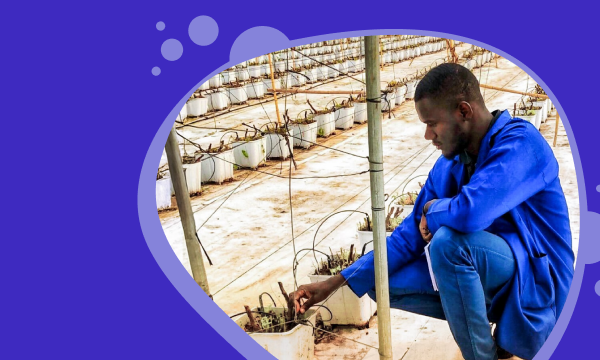
ETo forecasting is a simple but powerful tool for optimizing irrigation every day, in every season....

See the strategy behind evapotranspiration-based irrigation planning that helped a greenhouse...

Learn how six key weather data points can help you make smarter irrigation decisions, conserve...
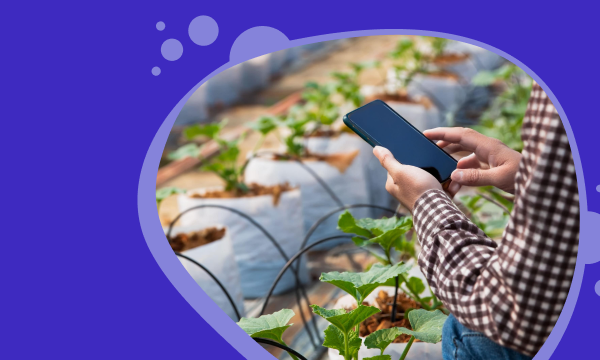
A smart approach to water management is key to helping growers tackle water scarcity and climate...
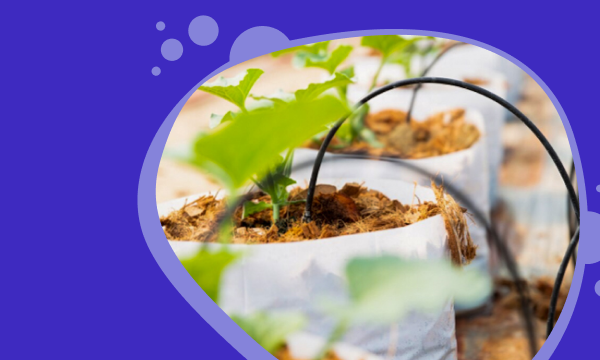
Uncover the vital role of drip and drain monitoring in optimizing drip irrigation farming.
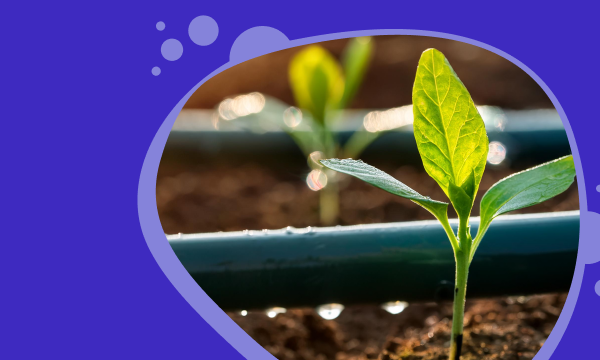
Explore how protected cropping growers can use data insights to drive smart irrigation practices.
.png)
Learn how Khawla Derstaouieh embraces digital agronomy to optimize irrigation, track pests, and...

Heatflation is rising food prices caused by extreme heat from climate change. How can protected...
Champions of crop management.
Giving commercial growers the power to make better crop management decisions and optimize crop outcomes.
Solutions
Customers
©2025 WayBeyond. All Rights Reserved.